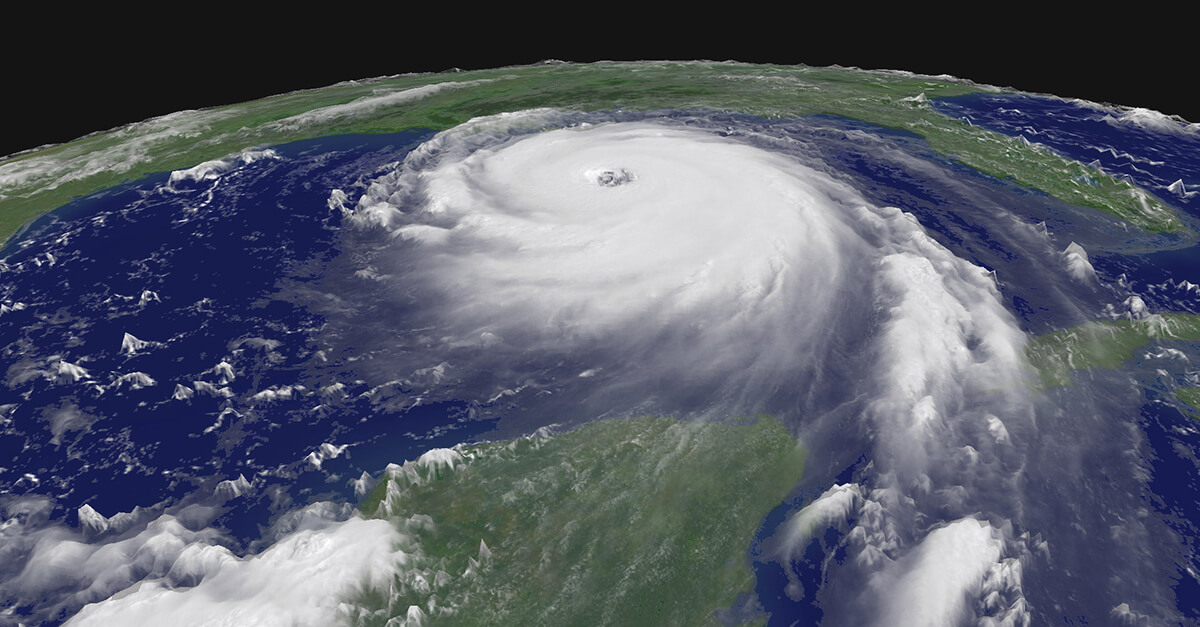
June 15, 2020
With the 2020 hurricane season already upon us, a recent NBAA News Hour presented insights into this year’s storm activity and recommendations for airports, FBOs and flight operations to prepare for severe weather.
“You have to focus on impacts hundreds of miles away from the center, not just on the cone,” said moderator Kathryn Prociv, a meteorologist and producer with NBC News and co-founder of Monarch Weather Consulting. “That’s especially important in aviation because you have to fly around these things.”
This year’s storm season may be particularly active, with two named tropical storms – Bertha and Cristobal – already making landfall on America’s Eastern and Gulf coasts. However, “the impacts we’ve seen have been mitigated somewhat by the fact these were tropical storms, with much lower wind speeds,” said John Kosak, CAM, and program manager for weather at NBAA Air Traffic Services. “The major effects have been the hidden impacts we expect to see from these kinds of storms, including flooding rains.”
That is not expected to last, though, and as more storms develop in the coming months, business aviation flightcrews must be ready. The COVID-19 crisis adds further variables to the situation, including the potential for added challenges with evacuation plans and post-impact recovery operations.
Flight operations in hurricane-prone areas should have readiness and response plans in place to relocate aircraft in a storm’s path and to maintain operations through the storm with a minimal number of personnel. For airports, those plans must also anticipate difficulties in returning to full operations.
“This is when it gets really messy,” said Chris Rozansky, executive director for the Naples Airport Authority. “We all know that airports are critical as a lifeline to the outside world for providing relief and aid post-storm; however, it can be very difficult to get critical staff back to the airport [to establish] the bare minimum that we need to get the airport operational.”
It’s also important that flight operations communicate effectively with passengers and clients when a forecasted storm may affect their travel plans, especially when the storm’s track later shifts.
“[They] don’t understand everything that we’re talking about today from a business perspective, from a safety perspective or from an operational perspective,” said Tony Sparks, owner of Phantom Air and Phantom Air Services. “The better you can educate them, the better they understand the constraints that you operate under with forecasted weather versus actual weather.”


 International Business Aviation Council Ltd.
International Business Aviation Council Ltd.